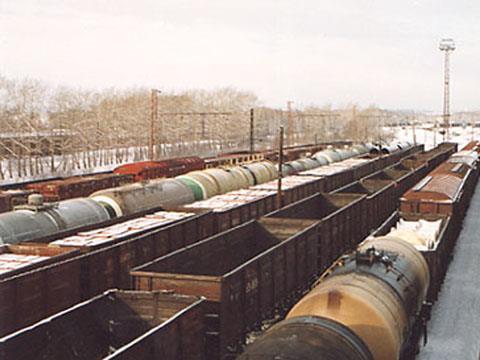
RUSSIA: Proposals to develop a co-ordinated wagon tracking and reporting system covering the combined networks of Russia, Kazakhstan and Belarus were debated at the 1520 Strategic Partnership forum in Sochi on May 31.
The hope is that an integrated system using advanced IT and automated reporting would improve productivity and reduce costs compared with the regime introduced five years ago.
Reform of RZD's freight sector, including the partial privatisation of Freight One and the establishment of Freight Two, was intended to encourage private investment in renewing the wagon fleet. According to Freight Two President Vitaly Yevdokimenko, there are now 16 companies owning more than 10 000 wagons and 137 smaller operators. Nevertheless, the total fleet had fallen from 1·6 million to 1·3 million vehicles.
Wagon management problems have been impacting on railway productivity, with vehicles averaging 18 days between loading against a target of 12; this has caused problems for major shippers, and for neighbouring operators unable to get their vehicles back. As a result average carryings have fallen from 1 900 tonnes to 1 300 tonnes per wagon per year. As a short-term measure RZD is looking to improve the loading frequency to around 15 days.
KTZ Vice-President Yermek Kizatov said it was vital to establish a unified system to monitor all vehicles 'regardless of ownership' and 'confirm where it is being used'. He felt recent steps to integrate resources within the customs union area would ensure the 'beneficial use of rolling stock'.




















